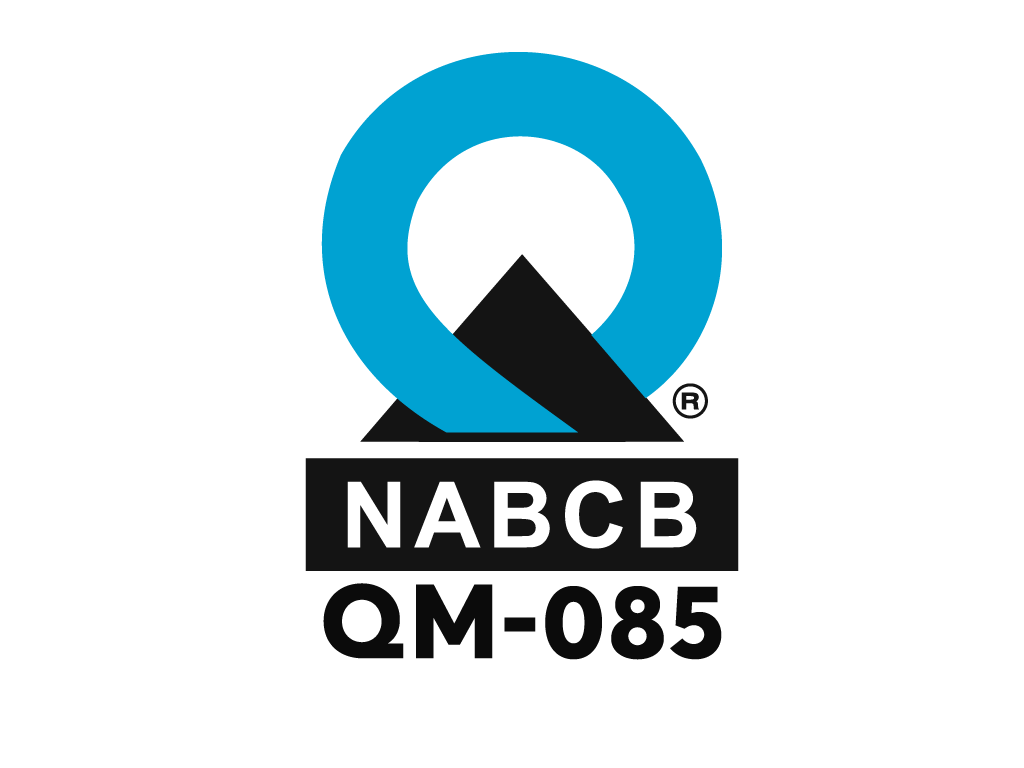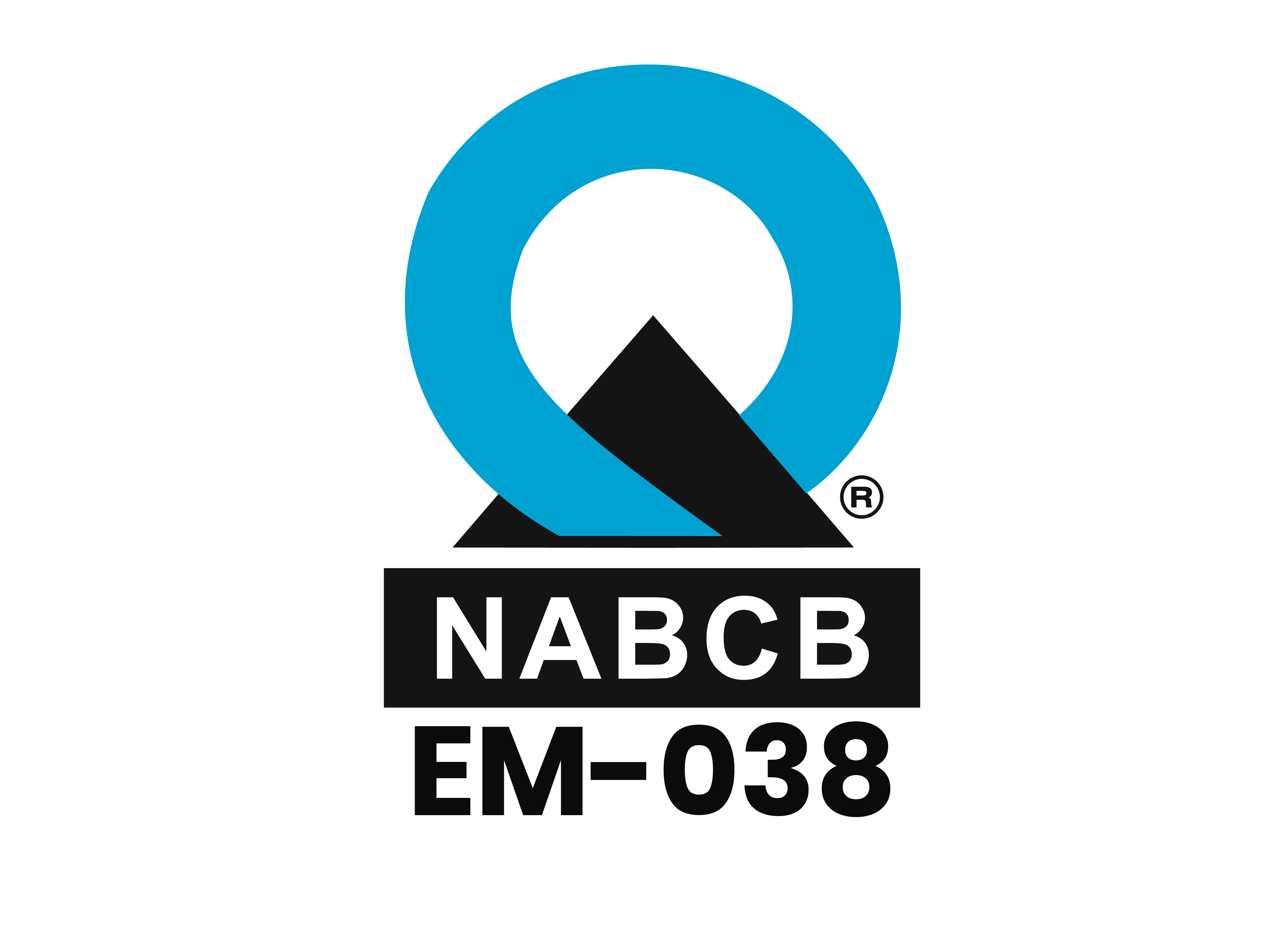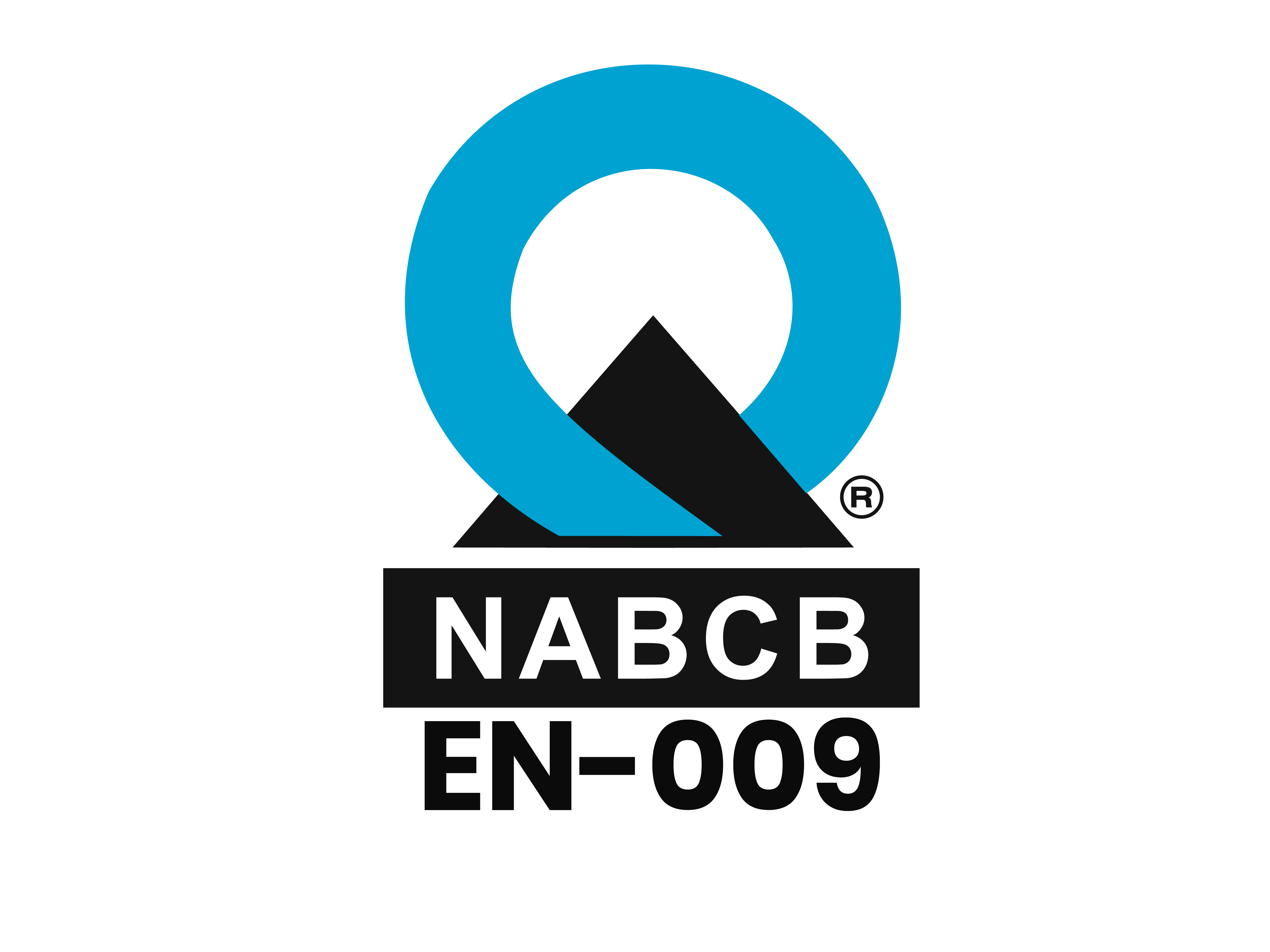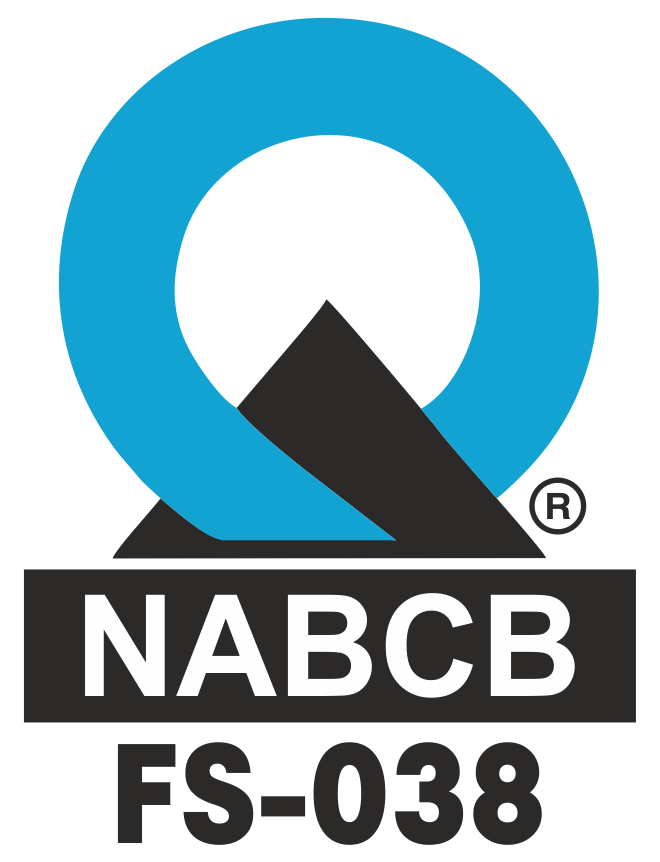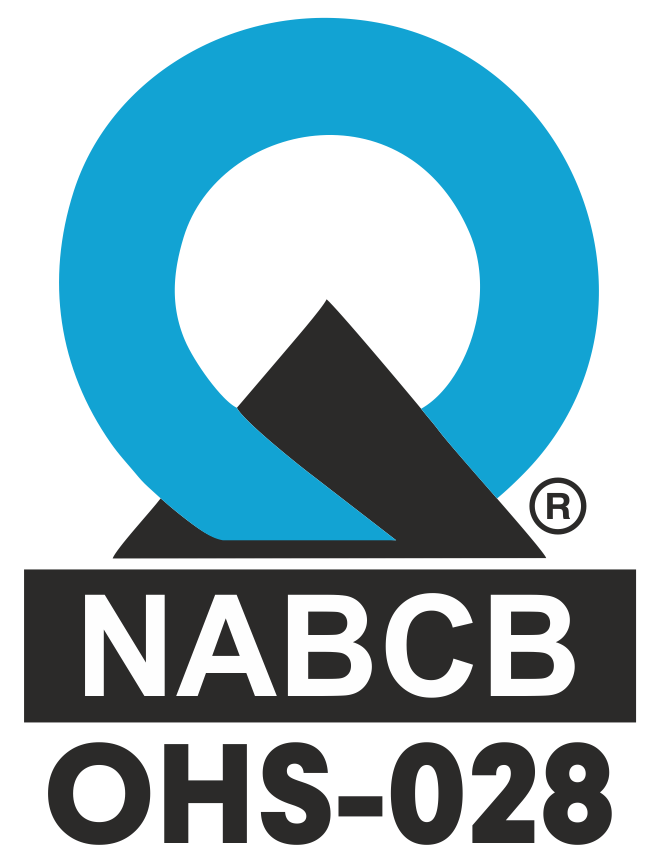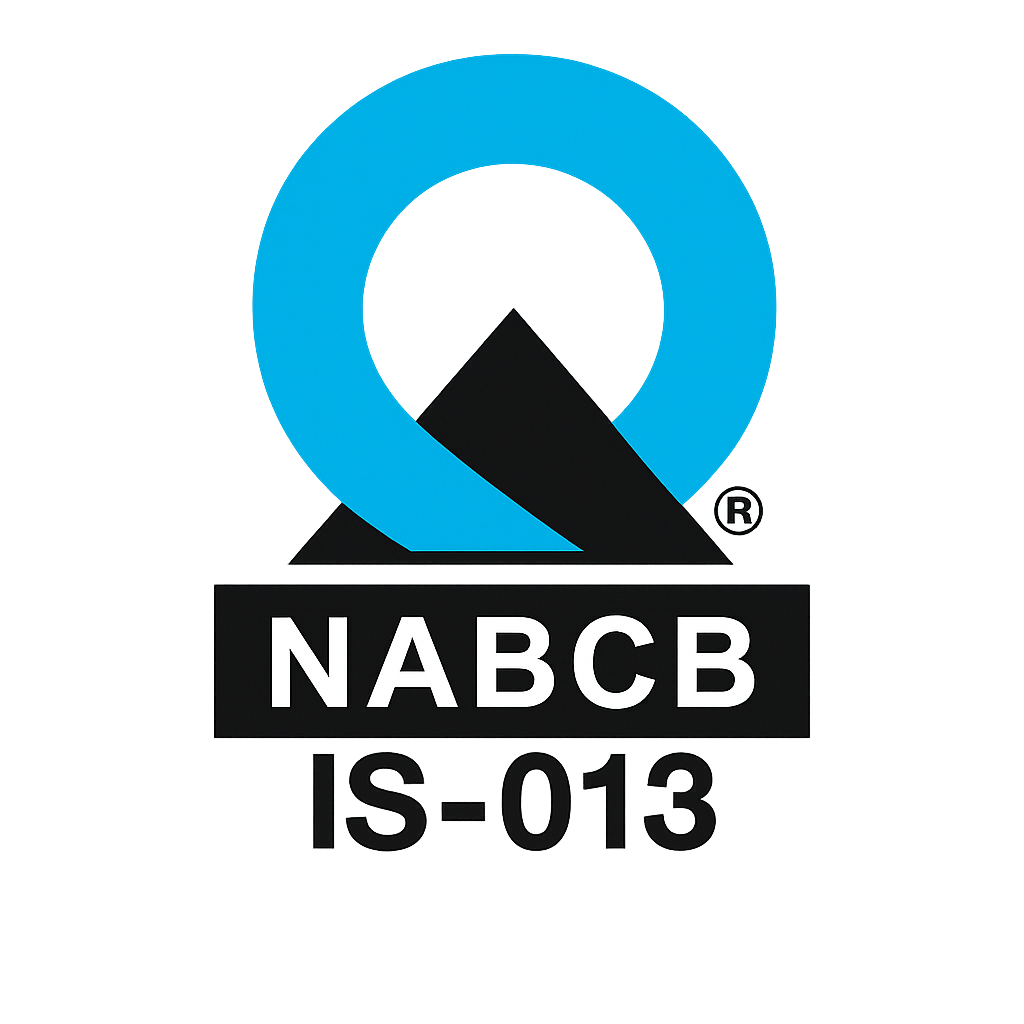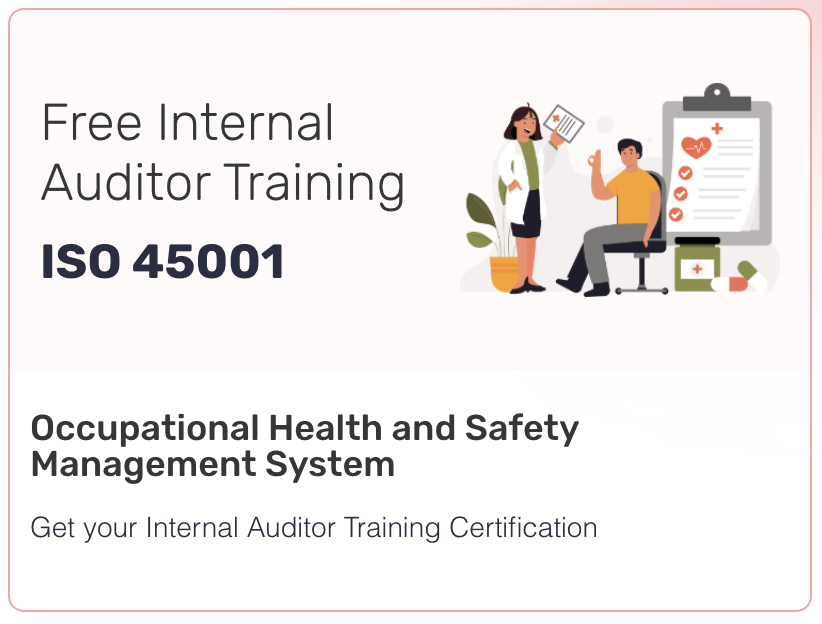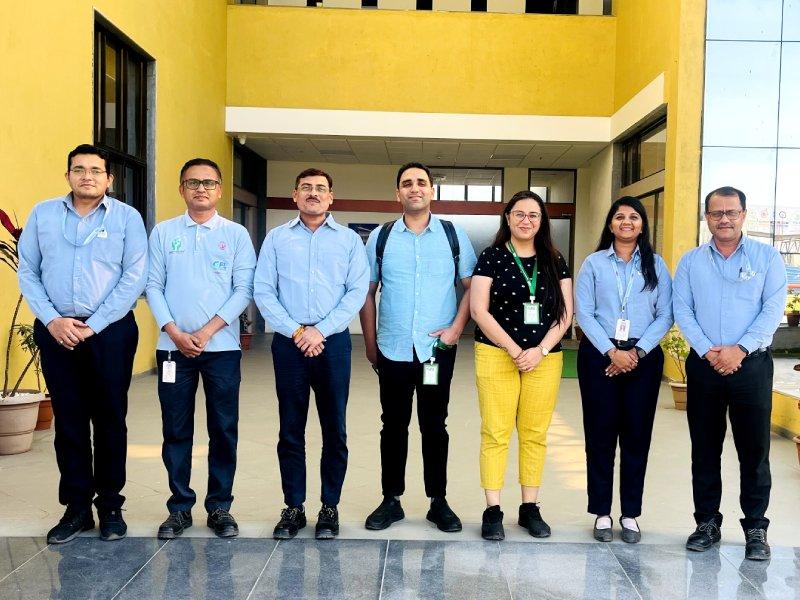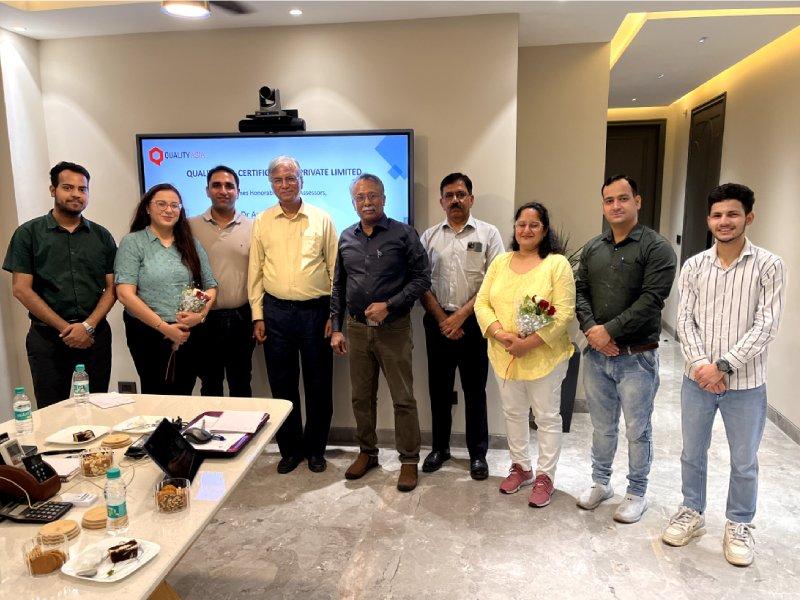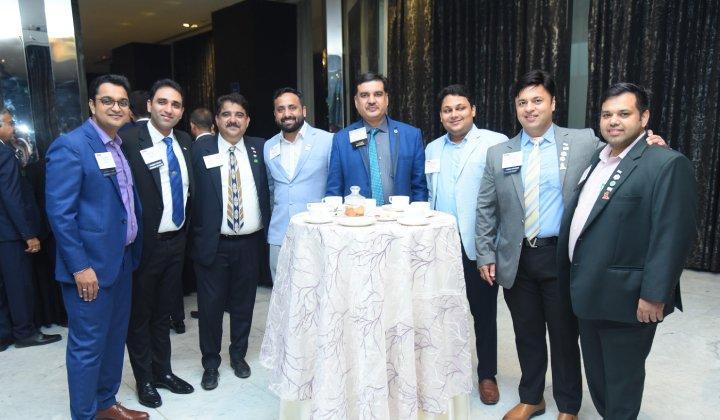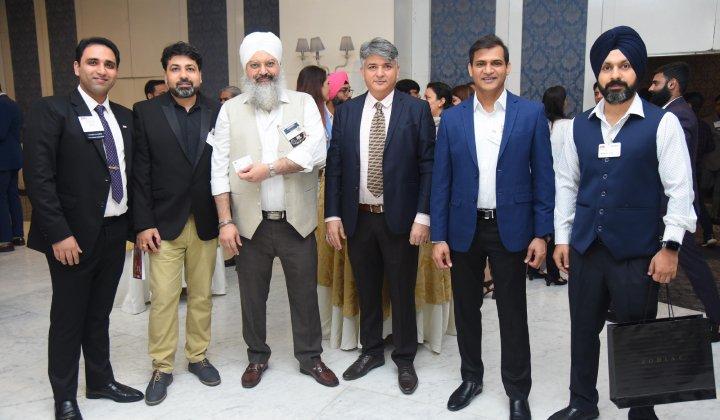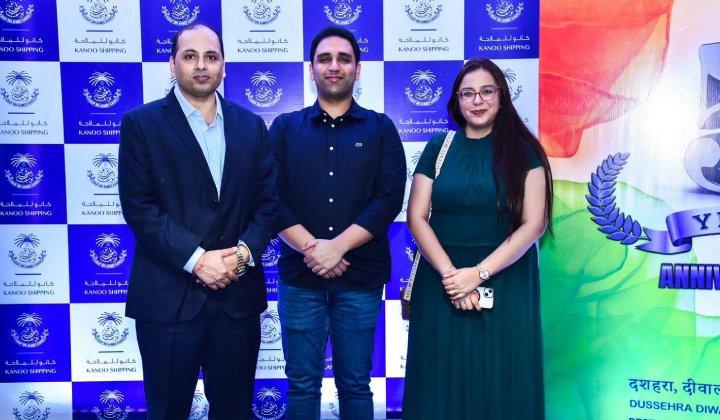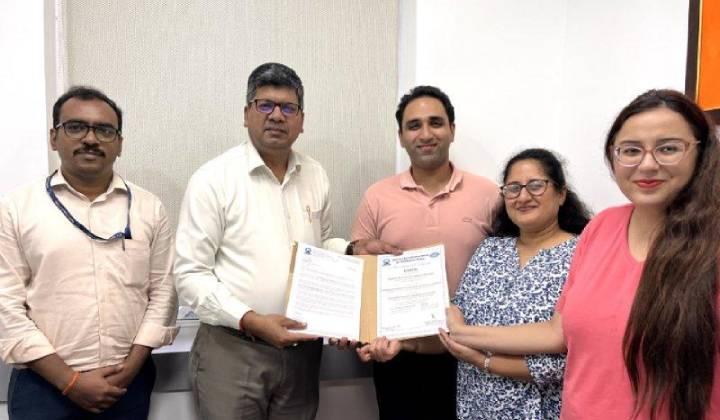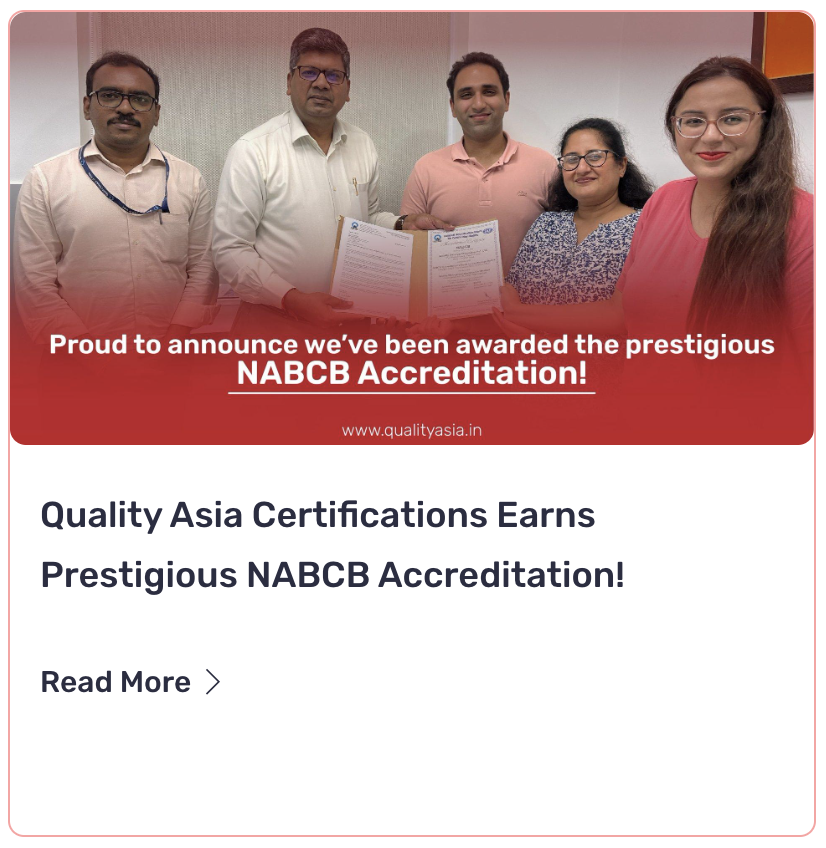where sustainability and compliance are critical due to the nature of fabric production and dyeing processes.
🧵 ISO 14001:2015 for Textile Industries in Gurugram
ISO 14001:2015 is an international standard that specifies the requirements for an Environmental Management System (EMS). For textile manufacturers, especially in Gurugram’s industrial hubs like Udyog Vihar, Manesar, and IMT, it helps minimize environmental impact, meet buyer expectations, and comply with government regulations.
🌍 Why Textile Units in Gurugram Need ISO 14001
Textile and garment manufacturing often involve chemical dyes, water usage, heat energy, packaging waste, and emissions — making environmental compliance essential.
✅ Key Benefits:
- Reduces water and chemical consumption
- Ensures legal compliance (e.g., Haryana Pollution Control Board norms)
- Enables green sourcing and certifications (like GOTS, OEKO-TEX)
- Improves efficiency in utilities and energy
- Enhances brand reputation in export markets
- Boosts eligibility for sustainable fashion buyers
🏭 Common Textile Activities That Benefit from ISO 14001
| ProcessEnvironmental Impact Managed | |
| Fabric dyeing | Effluent treatment, chemical handling |
| Printing | VOCs, screen washing chemicals |
| Washing/Finishing | Water usage, detergent control |
| Packaging | Plastic waste, recyclable materials |
| Boiler/Power usage | Energy efficiency, emission control |
| Waste management | Fabric scraps, sludge, e-waste disposal |
📄 ISO 14001 Documentation for Textile Factories
- Environmental Policy
- Aspect-Impact Register
- Legal Compliance Register
- Effluent Treatment SOPs
- Waste Disposal Protocols
- Energy & Water Monitoring Logs
- Emergency Response Plans
- Internal Audit Reports
- Training & Awareness Materials
- Vendor/Supplier Environmental Evaluation
🔁 ISO 14001 Certification Process in Gurugram
- Gap Assessment – Identify environmental aspects
- EMS Documentation Setup – Policies, SOPs, registers
- Implementation – Install controls (e.g., ETP, meters, signage)
- Training & Awareness – All staff from floor to managers
- Internal Audit & Management Review
- External Certification Audit (Stage 1 & 2)
- Certificate Issued (Valid for 3 years, with annual audits)
🌱 Sample EMS Objectives for Textile Companies
- Reduce water usage by 15% in 6 months
- Achieve 100% compliance with HPCB regulations
- Reduce dye chemical wastage by 10%
- Switch to 30% recycled packaging material
- Conduct quarterly EMS awareness training
🧾 Add-on Compliance You May Also Need:
- Haryana Pollution Control Board (HPCB) approvals
- ETP/STP monitoring reports
- GOTS / OEKO-TEX / ZDHC documentation
- Solid Waste Management Plan
- CSR disclosures under Companies Act (if applicable)
✍️ Want Help with Setup or Documents?
I can assist you with:
- Custom EMS Policy for textile plants
- Aspect/Impact registers and SOPs
- Internal audit templates
- ETP log formats
- Awareness training presentations

